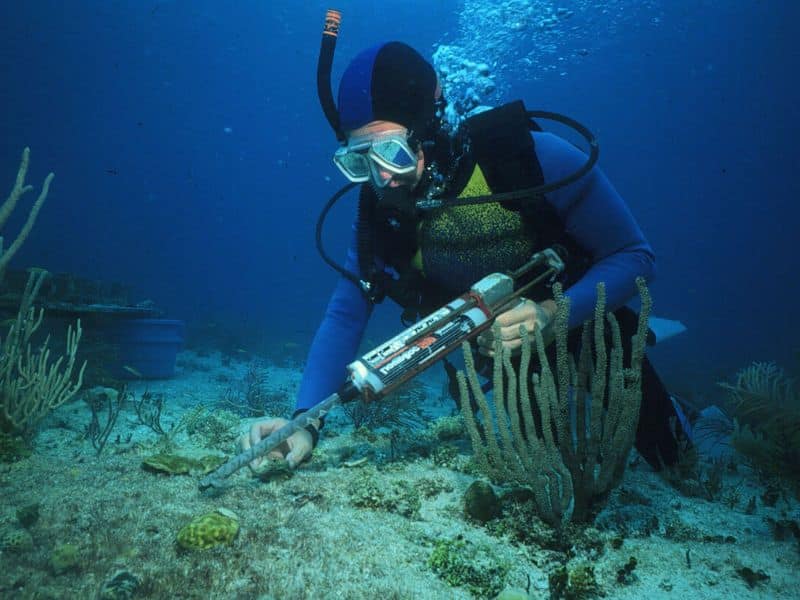An underwater cave exploration is a form of diving that very few people can practice. We already know what you’re going to say, “I’ve dived a cenote, why do the Dressel guys say that?” The answer is simple, underwater cave exploration is not the same as cavern diving. When you dive a cenote under recreational diving requirements, you do cavern diving.
If you have enjoyed cenote diving with Dressel Divers…
- You saw sunlight at all times.
- You did not go farther than 200 feet (60m) horizontally from the entrance.
- You did not descend below 70 feet (21 m).
These are the conditions for cavern diving. However, technical diving skills are required for underwater cave exploration. It is a mix between diving and speleology where all the above-mentioned limits are exceeded.
Do you have what it takes to explore underwater caves? Let’s see!









